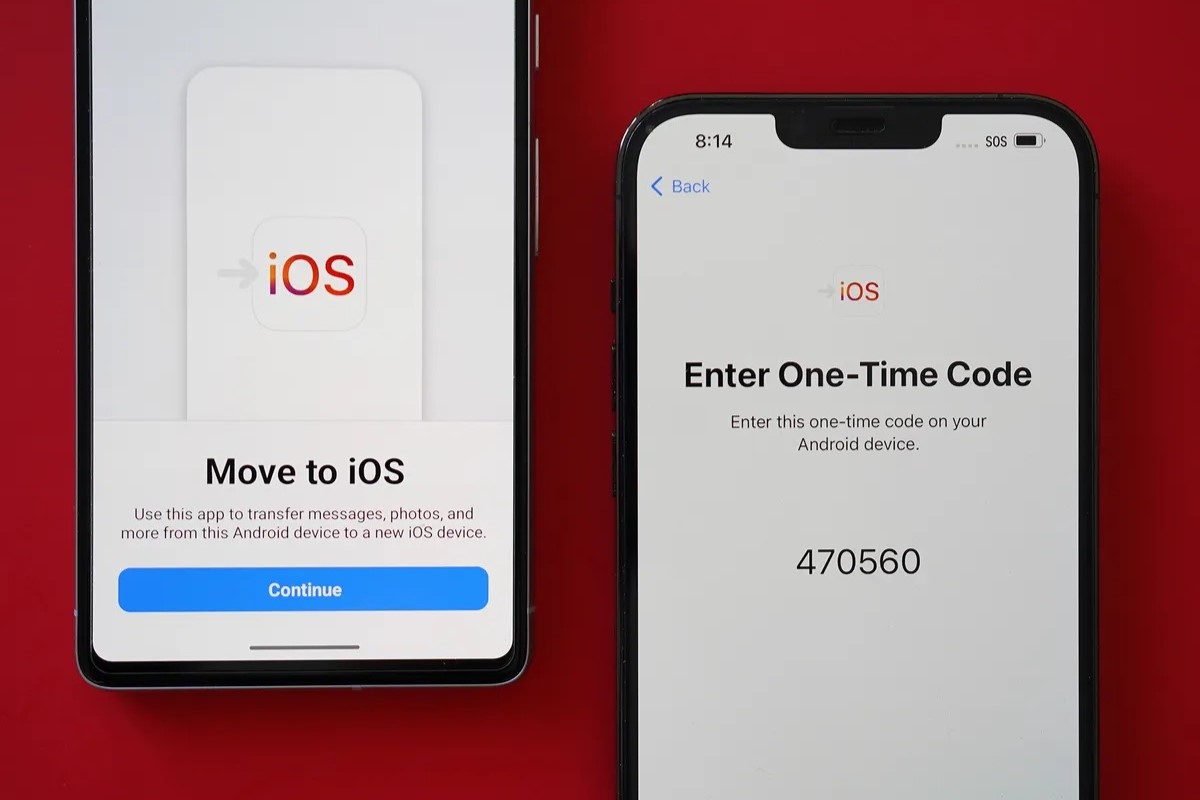
Best Free App to Transfer Contacts from iPhone to Android
Transferring contacts from an iPhone to an Android device can seem challenging, especially for those not tech-savvy. However, with advancements in smartphone technology and various apps available, this process has become significantly easier. This article explores the best free apps for transferring contacts from an iPhone to an Android device, providing detailed instructions for each method.
Google One App
One of the most straightforward and reliable methods involves using the Google One app. This app manages and syncs data across different devices, making it perfect for this task.
Step-by-Step Guide
-
Download and Open the Google One App:
- Download the Google One app on your iPhone from the App Store. Once installed, open the app.
- Sign in to your Google account. If you don't have one, create it and then sign in.
-
Set Up Sync:
- Navigate to the "Sync" section within the app.
- Tap on "View" and then select "Contacts."
- Choose "Set up sync" and then select "Upload contacts."
-
Access Your Google Account on Android:
- Ensure your Android device is connected to the same Google account.
- Open the Contacts app on your Android device. All your contacts should automatically import from your Google account.
Sharing Contacts via Email (VCF File Method)
Another method involves sharing contacts via email using a VCF file. This method is useful if you don't have access to the Google One app or prefer a more manual approach.
Step-by-Step Guide
-
Select and Share Contact:
- Open the Contacts app on your iPhone.
- Select the contact you wish to share.
- Tap "Share Contact" and choose the email option.
-
Create and Send VCF File:
- A VCF file will be created containing the selected contact information.
- Send this VCF file to your Gmail or any other email account.
-
Import Contacts on Android:
- Open the email on your Android device containing the VCF file.
- Download the VCF file and import it into your Google account.
- The contacts will be added to your Google Contacts, accessible through the Contacts app on your Android device.
Immediate Contact Transfer App
The Immediate Contact Transfer app is another free option for transferring contacts. This app provides two methods of contact transfer: app-to-app transfer and email attachment transfer.
Step-by-Step Guide
-
App-to-App Transfer:
- Download and install the Immediate Contact Transfer app on both your iPhone and Android devices.
- On your iPhone, select the contacts you want to send and tap "Send."
- You will receive a reference ID, which you need to enter on the destination Android device.
- The contacts will transfer instantly.
-
Email Attachment Transfer:
- If you prefer not to use the app-to-app method, send the contacts as email attachments.
- Tap the attachment icon in the top right corner of the email containing the VCF file.
- Choose "Copy to contacts" to import the contacts into your Google account on the Android device.
Copy My Data – Smart Transfer App
Copy My Data – Smart Transfer allows you to transfer contacts, calendar entries, and photos from one device to another over a WiFi network. This method is convenient and reliable, especially if you don't have your old iPhone cable handy.
Step-by-Step Guide
-
Download and Install App:
- Download the Copy My Data – Smart Transfer app on both devices.
- Ensure both devices are connected to the same WiFi network.
-
Transfer Data:
- Follow the app's instructions to copy and transfer your data.
- The app will guide you through copying your contacts, calendar entries, and photos in a few easy steps.
Comparison of Methods
Each method has its own advantages and disadvantages:
-
Google One App:
- Advantages: Seamless integration with Google accounts, automatic syncing, real-time updates.
- Disadvantages: Requires a Google account, may not work if you're not already using Google services.
-
Sharing Contacts via Email (VCF File Method):
- Advantages: No need for additional apps, can be used if you're not logged into a Google account.
- Disadvantages: More manual process, requires email setup on both devices.
-
Immediate Contact Transfer App:
- Advantages: Fast and efficient, two transfer methods available (app-to-app and email attachment).
- Disadvantages: Some users have reported issues with the app, especially with large contact lists.
-
Copy My Data – Smart Transfer App:
- Advantages: Convenient for wireless transfers, easy to use.
- Disadvantages: Limited to transferring specific types of data (contacts, calendar entries, photos), may not work on all networks.
Additional Tips
- Backup Your Data: Before transferring your contacts, make sure to backup your data on both devices. This ensures that if anything goes wrong during the transfer process, you can easily restore your contacts from the backup.
- Check Compatibility: Ensure both devices are compatible with the chosen transfer method. For example, if using the Immediate Contact Transfer app, make sure both devices have the necessary iOS or Android versions.
- Read Reviews: Always read reviews from other users before choosing an app. This can help you avoid potential issues and ensure a smooth transfer process.
By following these tips and using one of the free apps mentioned above, you can transfer your contacts effortlessly and start enjoying your new Android device without any hassle.
